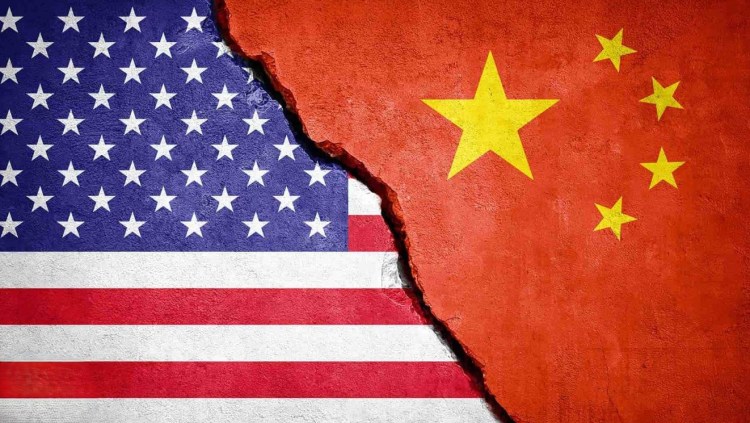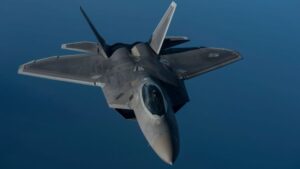The following article first appeared on Warrior Maven, a Military Content Group website.
It was a rare meeting between American and Chinese military leaders, designed to ease the tensions between the two sides in the South China Sea and other parts of the Pacific.
The head of the US Indo-Pacific Command, Admiral Sam Paparo, had a video conference with the head of China’s Southern Command of the People’s Liberation Army, General Wu Yanan. It’s the first time there have been talk at that level in more than two years.
Each country issued statements after the call. Beijing said very little—according to the Ministry of Defense, “Both sides had an in-depth exchange of views on issues of common concern.”
The US readout of the call was more detailed. According to the Navy, “Paparo reinforced the PLA’s obligation to comply with international laws and norms to ensure operational safety. Paparo also urged the PLA to reconsider its use of dangerous, coercive, and potentially escalatory tactics in the South China Sea and beyond.”
That was a not-so-subtle reference to heightened tensions in the region between the Chinese coast guard and Philippine ships. The dispute has to do with two shoals that lie within the Philippines 200-mile exclusive economic zone. China has ignored that designation and claims 90 percent of the South China Sea as its own.
The following article first appeared on Warrior Maven, a Military Content Group website.
It was a rare meeting between American and Chinese military leaders, designed to ease the tensions between the two sides in the South China Sea and other parts of the Pacific.
The head of the US Indo-Pacific Command, Admiral Sam Paparo, had a video conference with the head of China’s Southern Command of the People’s Liberation Army, General Wu Yanan. It’s the first time there have been talk at that level in more than two years.
Each country issued statements after the call. Beijing said very little—according to the Ministry of Defense, “Both sides had an in-depth exchange of views on issues of common concern.”
The US readout of the call was more detailed. According to the Navy, “Paparo reinforced the PLA’s obligation to comply with international laws and norms to ensure operational safety. Paparo also urged the PLA to reconsider its use of dangerous, coercive, and potentially escalatory tactics in the South China Sea and beyond.”
That was a not-so-subtle reference to heightened tensions in the region between the Chinese coast guard and Philippine ships. The dispute has to do with two shoals that lie within the Philippines 200-mile exclusive economic zone. China has ignored that designation and claims 90 percent of the South China Sea as its own.
The result: Chinese ships have used water cannon and collision tactics to harass Philippine supply and patrol ships.
So far, these confrontations haven’t resulted in any deaths. But the concern is that a single clash in the region could blow up into armed conflict. In June, US Defense Secretary Lloyd Austin III met with his Chinese counterpart and expressed his concern about China’s behavior toward the Philippines.
Meanwhile, Washington and Manila are continuing to strengthen their military alliance. Earlier this year, the two nations held a live-fire exercise involving 16,000 troops in and along the South China Sea.
Before Tuesday’s meeting between Paparo and Wu, the US and China had been gradually restoring military ties that had were shut down more than two years, after then-House Speaker Nancy Pelosi visited Taiwan. China, of course, claims Taiwan as its own – and any sign of Taiwan being treated as an independent nation by other countries automatically leads to some sort of reaction from Beijing.
A meeting between President Biden and Chinese leader Xi Jinping last November was followed by talks a month later between American and Chinese generals. And the meeting between Austin and the Chinese defense minister was another sign that frozen relations on the military front were thawing.



